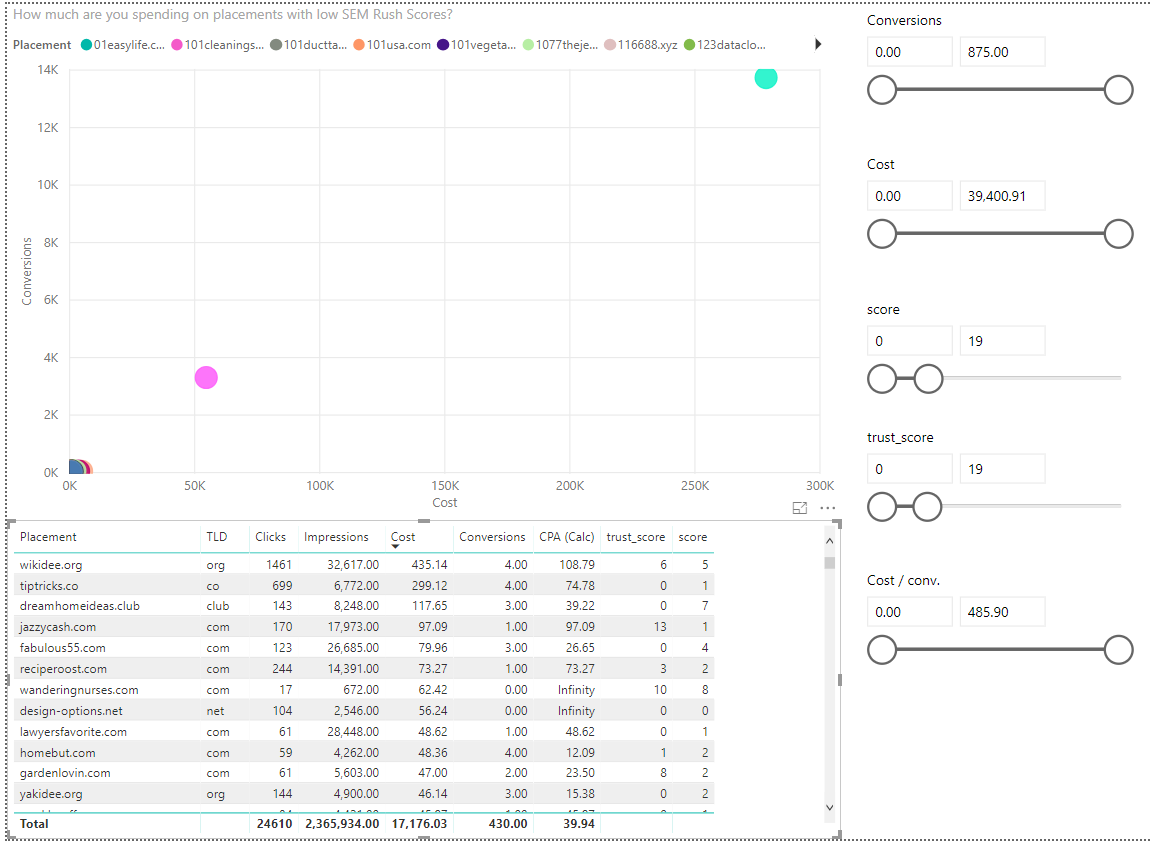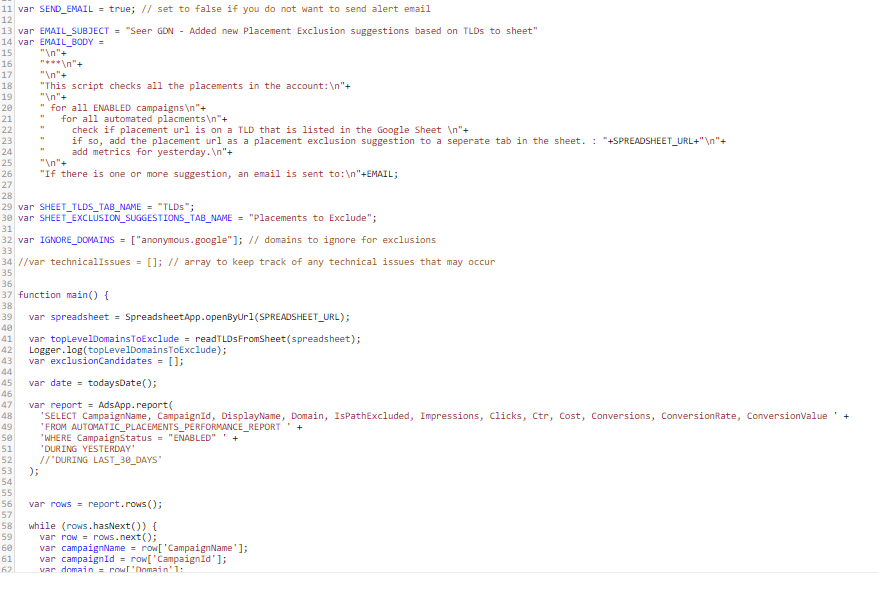Google released Smart Display campaigns in 2017 to help lighten the workload for digital advertisers and exercise the power of machine learning on the Google Display Network (GDN). Despite investing millions of dollars into machine learning initiatives, Google’s smart display targeting is plagued by the same downfall as standard (dumb?) display campaigns: poor quality placements (placements are locations on the display network where your ad can appear).
Trust the machine?
The main benefits of running Google smart campaigns include:
- Reaching people at all stages in the buying cycle who may be interested in your products, using insights from a multitude of signals
- Simplifying the creation and dissemination of image, native, and text ads that can appear anywhere across the GDN
- Optimizing bids across a variety of levers to maximize your goals
With so much focus on machine learning, Google encourages advertisers to trust the algorithms. But, their inner workings are largely unknown, often referred to as a ‘black box’.
With over 3 million apps and websites on the Google Display Network, Google has not done enough to address poor quality placements on its network.
What do I mean by ‘poor quality placements’? I am referring to weird URLs that you can find if you dig deep enough into your ‘where ads showed’ report. Here are a few that I have found:
00882.site
zv.in.ua
Xn–12cmd9dec2dvb0d2ai4fvkka.com
In order to quantify poor versus acceptable placement quality, you need to synthesize PPC and SEO Data. I have outlined this methodology and analysis in another post which involves pulling SEMRush’s authority score and trust score for all of your placements. In general, any placement with authority and trust scores below 20 can be considered poor quality.

For one of our clients that spends $50k / month on Google smart display campaigns, we found $80k in spend on poor quality placements by using PowerBI to analyze over 80,000 unique URLs.
Making your smart display campaigns smarter
Here at Seer, we are committed to saving clients as much money as possible in a digital marketing environment rife with ad fraud, bots, and poor quality placements. But considering the fast paced nature of display advertising, it is tedious to run the aforementioned big data placement analysis on a daily basis. This is where we need automation.
You can use a script to add in negative placements that meet your specific text criteria (ie. URL contains “.xxx”) to automate the fight against poor quality placements. BUT, Google smart display campaigns do not allow negative placements at the campaign level. Fortunately, there is a work around which utilizes account level negative placements.
Seer worked with Nils Rooijmans who developed a similar script that will populate a google sheet with placements based on specific criteria that you give it. From there, copy + paste your placements into your account level placement exclusion list.

After just two months of running the script for one client, we found over 1200 placements that matched our negative TLD criteria. Calculating the expected savings from these negative placements is a difficult endeavor, especially for smart campaigns. However, we can make a rough estimate by calculating the expected average number of clicks and CPC per TLD per day and sum up for total cost per year.
Over the last 30 days, our smart campaigns received 37,000 clicks across 40,0000 placements at a $0.71 average CPC (rounding numbers for simplicity and anonymity).
Average cost per placement per day = ((37,000 clicks ÷ 40,000 placements)
÷ 30 days) ×
$0.71 = $0.02 / placement / day
Estimated annual money saved from negative placements = (1200 × $0.02) ×
365 = $8,760 / year
And that is just what we were able to find in two months. While this seems like a small amount considering how much how much is being spent on smart display, why would you want to spend anything at all on low quality placements?
Final Thoughts
With so much data at their disposal, Google and other programmatic display vendors need to address the issue of poor quality placements in their display networks. The targeting capabilities now possible thanks to machine learning are nothing short of incredible. But, the only way to guarantee your ads show on quality sites is to run solely on pre-vetted URLs. However, this could limit the reach of your ads as there may be sites that your target audiences frequent that you are not aware of. While machine learning has resulted in major advances across the digital marketing landscape, it is our job as advertisers to help the machine learn.
For more awesome and insightful digital marketing content that will help you succeed, check out other posts in our blog!


